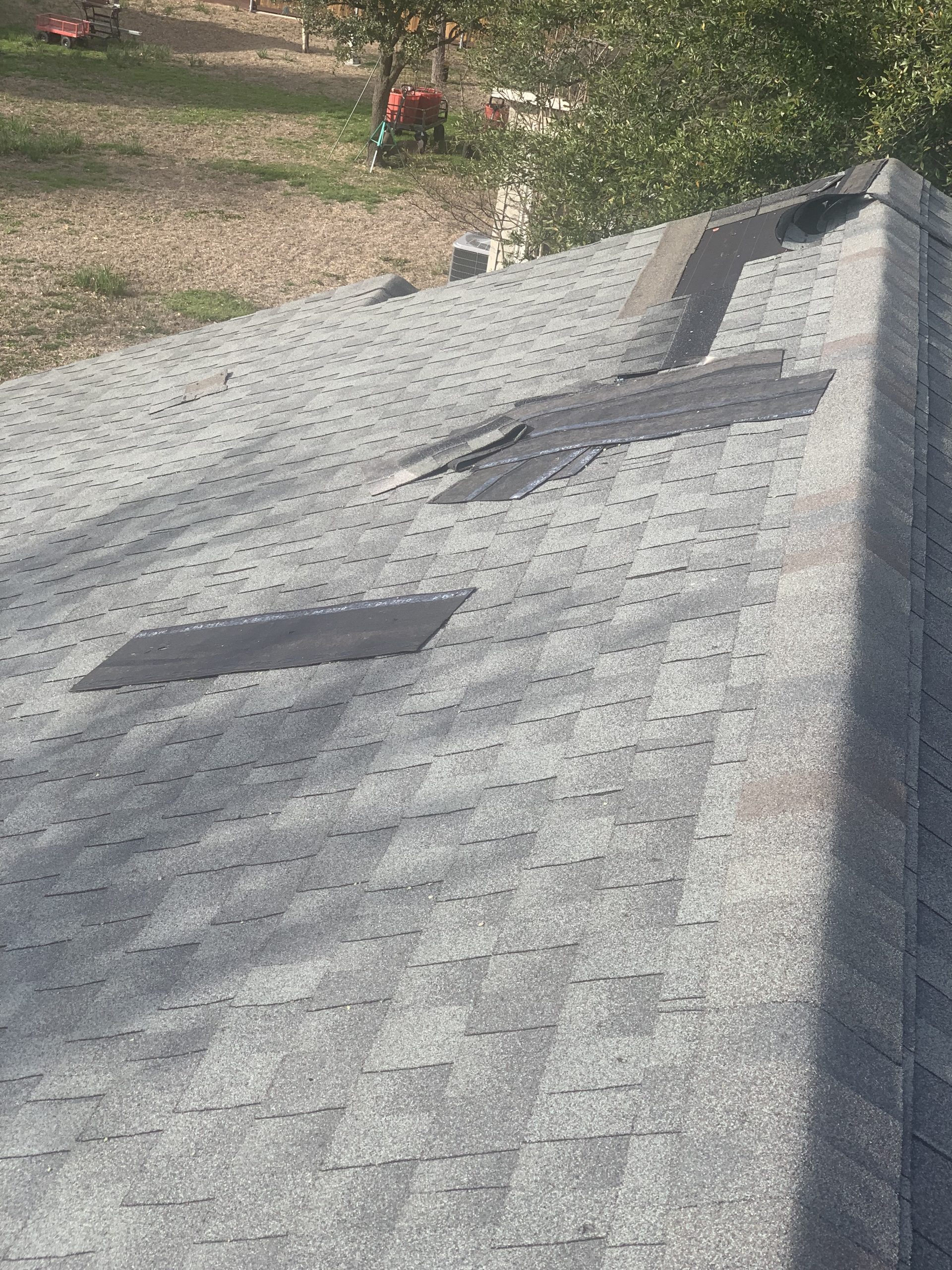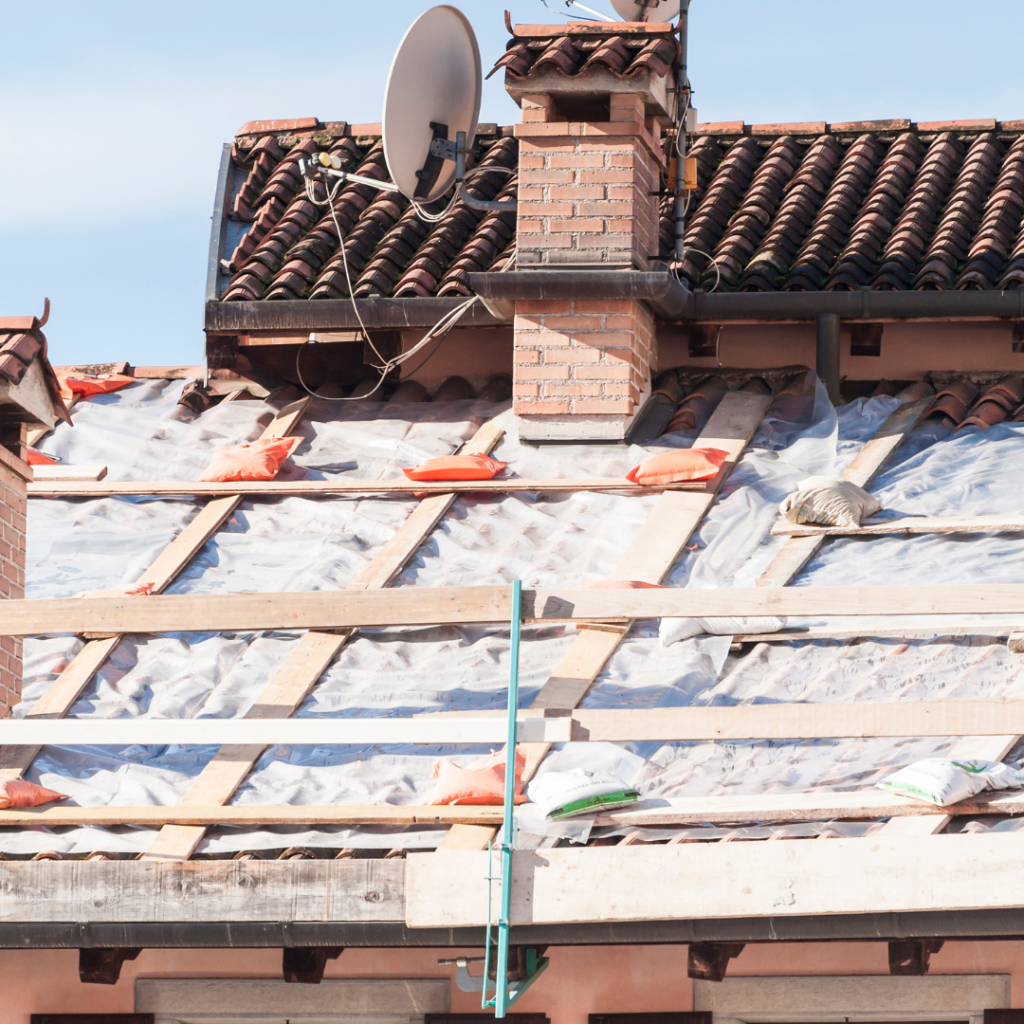Flat Roof Longevity: Understanding Life Expectancy and Maintenance
Introduction
Flat roofs have become increasingly popular in both residential and commercial buildings due to their modern aesthetics and the efficient use of space. However, one question that often arises is about their longevity. How long can you expect a flat roof to last? What maintenance practices should you implement to ensure its durability? In this article, we’ll dive deep into Flat Roof Longevity: Understanding Life Expectancy and Maintenance, exploring everything from types of flat roofs to the best materials for longevity.
Why Choose a Flat Roof?
Flat View website roofs are commonly found on commercial buildings, but they also serve residential properties effectively. One major advantage is the potential for additional outdoor living space. Flat roofs can accommodate rooftop gardens, patios, or even solar panels—making them an excellent choice for energy-efficient solutions.
However, flat roofing systems require specific maintenance strategies and understanding their life expectancy can save property owners from unexpected expenses.
Flat Roof Longevity: Understanding Life Expectancy and Maintenance
The longevity of a flat roof depends on several factors including the material used, installation quality, weather conditions, and regular maintenance. Typically, flat roofs last anywhere from 10 to 50 years depending on these variables.
Factors Influencing Longevity:
- Material Type: Different flat roofing materials offer varying life expectancies.
- Installation: Proper installation by qualified commercial roofing contractors ensures that your roof will perform optimally.
- Weather Conditions: Extreme weather can significantly shorten a roof's lifespan.
In the sections below, we will break down each aspect affecting the longevity of flat roofs.
Understanding Different Flat Roof Types
When it comes to understanding flat roof longevity, knowing the different types available is crucial. Here are some common types:
1. Built-Up Roofing (BUR)
Built-Up Roofing consists of multiple layers of asphalt and felt. It’s known for its durability and UV resistance.
2. Modified Bitumen
Modified bitumen is an evolution of BUR with added polymers for flexibility. It's easier to install than traditional BUR systems.
3. EPDM (Ethylene Propylene Diene Monomer)
EPDM is a synthetic rubber material that's highly resistant to UV rays and weathering.
4. TPO (Thermoplastic Olefin)
TPO is lightweight and energy-efficient, gaining popularity in commercial roofing due to its reflective properties.
5. PVC (Polyvinyl Chloride)
PVC offers excellent chemical resistance and durability but can be more expensive than other options.
What Is the Best Material for a Flat Roof?
The answer largely depends on your specific needs—budget constraints, climate considerations, and intended use all play roles in determining what’s best for you.

| Material | Lifespan | Advantages | Disadvantages | |------------------|--------------|----------------------------------------------|-------------------------------------------| | Built-Up Roofing | 15-30 years | Durable; resistant to UV rays | Heavier; labor-intensive installation | | Modified Bitumen | 10-20 years | Easy installation; flexible | Limited color options | | EPDM | 20-30 years | Cost-effective; exceptional UV resistance | Needs careful installation | | TPO | 15-25 years | Energy-efficient; lightweight | Can be prone to punctures | | PVC | 20-30 years | Excellent chemical resistance | Higher initial cost |
This table gives you a quick overview of various materials used in flat roofing systems along with their pros and cons.
How Weather Affects Flat Roof Longevity
Weather plays a pivotal role in determining how long your flat roof will last. Harsh climates with intense sun exposure or heavy snow loads can accelerate wear and tear.
Sun Exposure
UV rays can degrade roofing materials over time leading to cracks or leaks if not maintained properly.

Rainfall & Drainage Issues
Improper drainage can lead to water pooling which creates additional weight on the roof structure, potentially causing leaks or collapse over time.
Temperature Fluctuations
Extreme temperature variations cause expansion and contraction in roofing materials which may result in tears or ruptures.
Regular Maintenance Practices for Longevity
To maximize your flat roof's lifespan, regular inspections should be conducted at least twice a year or following severe weather events. Here are essential maintenance tips:
1. Keep Gutters Clean
Clogged gutters prevent proper drainage leading to water damage on your flat roof surface.
2. Inspect Flashings Regularly
Flashings protect joints between various components; any damage here could lead to serious leaks.
3. Clear Debris Promptly
Leaves, branches, or other debris should be removed promptly as they hold moisture against the roofing material leading to deterioration over time.
When Should You Consider Flat Roof Repair?
Knowing when it's time for repairs can save you significant costs down the line:
- Visible cracks
- Water pooling
- Leaks inside your building
- Damaged flashings
If you notice any signs like these on your flat roof, seeking out "flat roof repair near me" should be your next step!
FAQs About Flat Roof Longevity
Q1: How long does a typical flat roof last?
A: Depending on the material used, typical lifespans range from 10–50 years with proper maintenance.
Q2: What type of maintenance do I need for my flat roof?
A: Regular inspections, cleaning gutters, checking flashings are essential maintenance practices.
Q3: Can I install solar panels on my flat roof?

Q4: Are there warranties on flat roofing systems?
A: Many manufacturers offer warranties ranging from five years up to twenty years depending on material type and installation quality by certified contractors.
Q5: How do I find commercial roofing contractors near me?
A: A simple search online using keywords like “commercial roofer near me” will yield local results quickly!
Q6: What questions should I ask my commercial roofing contractor?
A: Inquire about experience level, warranty options offered, insurance coverage details, project timelines & past customer references!
Conclusion
In summary, understanding Flat Roof Longevity: Understanding Life Expectancy and Maintenance involves recognizing various materials available and their corresponding lifespans while committing to regular maintenance practices that keep your investment protected from environmental elements. Whether you’re looking into installing new roofing or addressing existing issues through flat roof repair, working closely with reputable commercial roofing contractors is essential for ensuring quality work that stands the test of time! Don't forget—when searching for assistance locally opt for terms like "commercial roofing contractors near me" or "flat roof repair companies near me" for quicker access!
By following these guidelines diligently throughout ownership tenure you’ll not only extend your building’s lifespan but also enjoy peace of mind knowing you've made informed choices regarding one of your most vital assets!